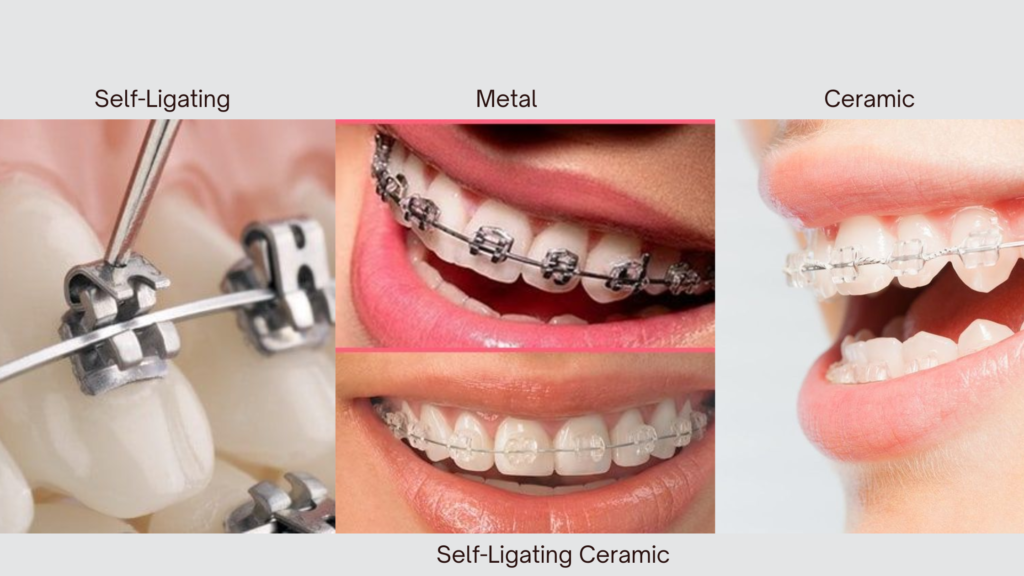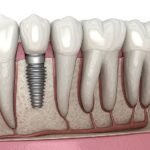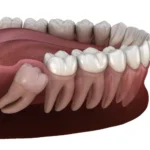Orthodontic braces are an essential dental treatment for correcting misaligned teeth, enhancing smiles, and improving oral health. With various options available today, patients can choose braces that suit their preferences, lifestyle, and budget. In this post, we will cover the types of orthodontic braces and answer common questions about them.
What Are Orthodontic Braces?
Orthodontic braces are dental devices used to correct the alignment of teeth and jaws. They apply continuous pressure to shift teeth into their proper position over time gently. Braces help treat issues like crowded or crooked teeth, overbites, underbites, and gaps between teeth.

Types of Orthodontic Braces
- Traditional Metal Braces
The most common type of braces is made from high-quality stainless steel. They consist of metal brackets attached to each tooth and connected by a wire. These braces are highly effective and can handle complex alignment issues.
Pros: Affordable, effective for severe cases.
Cons: Obvious, might cause discomfort. - Ceramic Braces
Ceramic braces function similarly to metal braces but have clear or tooth-coloured brackets, making them less noticeable. They are a popular option for those who want a subtler appearance.
Pros: Less visible, effective.
Cons: More expensive than metal braces, can stain if not properly cared for. - Lingual Braces
Lingual braces are placed on the inner side of the teeth, making them invisible from the outside. These braces are customized to fit each patient’s teeth.
Pros: Completely hidden from view.
Cons: Harder to clean, more expensive, and may cause tongue irritation. - Clear Aligners (Invisalign)
These are transparent plastic trays that fit snugly over the teeth and are removable. Invisalign is popular among adults due to its aesthetic appeal and convenience.
Pros: Virtually invisible, removable, no dietary restrictions.
Cons: Expensive, requires discipline to wear for 22 hours a day, not ideal for severe cases. - Self-Ligating Braces
These braces are similar to traditional metal braces, but they use a special clip instead of elastic bands to hold the wire in place, reducing friction.
Pros: Less discomfort, and faster treatment time.
Cons: More expensive than traditional braces.
Frequently Asked Questions about Orthodontic Braces
How long do orthodontic braces last?
The duration depends on the complexity of the case but typically lasts between 18 months to 3 years. Some mild cases may take as little as a year, while severe misalignment could require more time.
What is the best age for orthodontic braces?
The best age for braces is typically between 10 and 14 years when children’s mouths and jaws are still growing. However, adults can benefit from braces at any age.
Which braces are best for teeth?
The choice of braces depends on personal preferences and dental needs. Traditional metal braces are the most effective for severe cases, while Invisalign is ideal for those seeking a discreet option.
Are braces painful?
Braces can cause some discomfort, especially after adjustments. You may experience soreness or pressure on your teeth for a few days. However, the pain is manageable with over-the-counter pain relievers.
Do braces have any side effects?
Some side effects of braces include gum irritation, mouth sores, and difficulty cleaning teeth, which can lead to plaque buildup. Regular dental check-ups and proper oral hygiene can help minimize these issues.
How much do braces cost in India?
The cost of braces in India ranges from ₹25,000 to ₹1,00,000 depending on the type of braces and the complexity of the treatment. Metal braces are usually the most affordable, while clear aligners like Invisalign are on the higher end.
Is 30 or 40 too late for braces?
It’s never too late for braces! Many adults in their 30s or 40s get braces to correct alignment and improve their oral health. Orthodontic treatment is effective at any age.
Can braces change face shape?
Yes, braces can subtly change your face shape by improving jaw alignment and teeth positioning. They can enhance your facial profile, especially if you have severe misalignments like overbites or underbites.
What can’t you eat with braces?
Avoid hard, sticky, and chewy foods like nuts, popcorn, gum, and candy, as they can damage the brackets and wires. Sticky and sugary foods can also increase the risk of cavities during treatment.
How to brush with braces?
Use a soft-bristled toothbrush and fluoride toothpaste. Brush at a 45-degree angle to reach under the brackets and wires. You may also need an interdental brush to clean between braces and floss using special flossers designed for braces.
Which braces work the fastest?
Self-ligating braces tend to work faster than traditional metal braces due to reduced friction. Additionally, Invisalign may offer quicker results for mild to moderate cases.
What is cheaper than braces?
Clear aligners like Smile Direct Club or traditional metal braces are often considered the more affordable options. Retainers may also be used in minor cases, though they are less effective for major corrections.
Side Effects of Braces
- Mouth sores and discomfort: Due to friction from braces on the inside of your mouth.
- Plaque buildup: Difficulty in cleaning around the brackets can lead to plaque and gum issues.
- Tooth decay or demineralization: Poor hygiene can result in decay.
- Allergic reactions: Some patients may be allergic to the metals used in traditional braces.
- Jaw pain: Caused by tension on the jawbone as teeth move.
In conclusion, choosing the right orthodontic treatment is a significant decision. Each type of brace has its pros and cons, and the right option depends on your dental needs, lifestyle, and budget. At Urban Smile Dental Clinic, we provide a range of orthodontic treatments to help you achieve a healthy, beautiful smile.
For consultations, you can visit us at Urban Smile Dental Clinic, located at Shop No 105, W Bizz, Near Bhumkar Chowk Rd, above Starbucks, Wakad, Pune, Pimpri-Chinchwad, Maharashtra 411033, or contact us at 9272097210 for an appointment.


